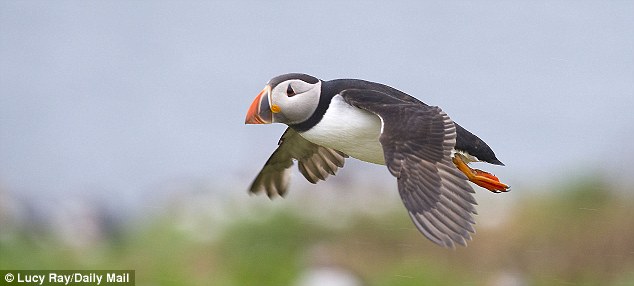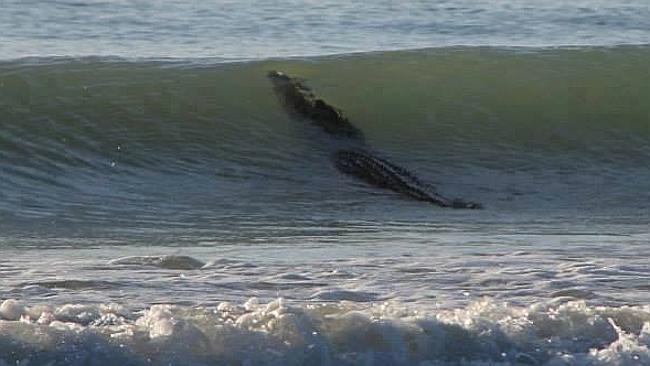
Normal winters would have brought 3 or 4 puffins to the Bay of Biscay, but this winter saw 35, with countless more thought to have drowned in the ocean
*
Record numbers of puffins have been washed up on Bay of Biscay
* A few die each year, but recently many more have died due to storm weather
* Drowning is common cause of death for the puffins
* They are often swept away in strong storms while hunting at seaThousands of puffins are feared to have been killed in the recent storms that have hammered the UK for the last month.
The British Trust for Ornithology said today it's received a record number of reports of puffins, wearing uniquely-numbered metal rings showing they are from the UK, being washed up dead on the coasts of France and Spain.
It's feared they have been wiped out in their thousands while hunting far out to sea in the storm-lashed Bay of Biscay for their favourite food, sand eels.
BTO spokesman Paul Stancliffe said: 'Sadly, the sight of a puffin, beak full of sand eels, might be a little harder to come by this summer as they struggle to survive the recent storms that have rocked the Bay of Biscay.'
In a normal winter, the BTO would expect two or three ringed puffins to be found in the Bay, which covers western France and northern Spain, but during the last few weeks, more than 35 have been reported and countless more are feared to have been drowned and lost forever far out at sea.

